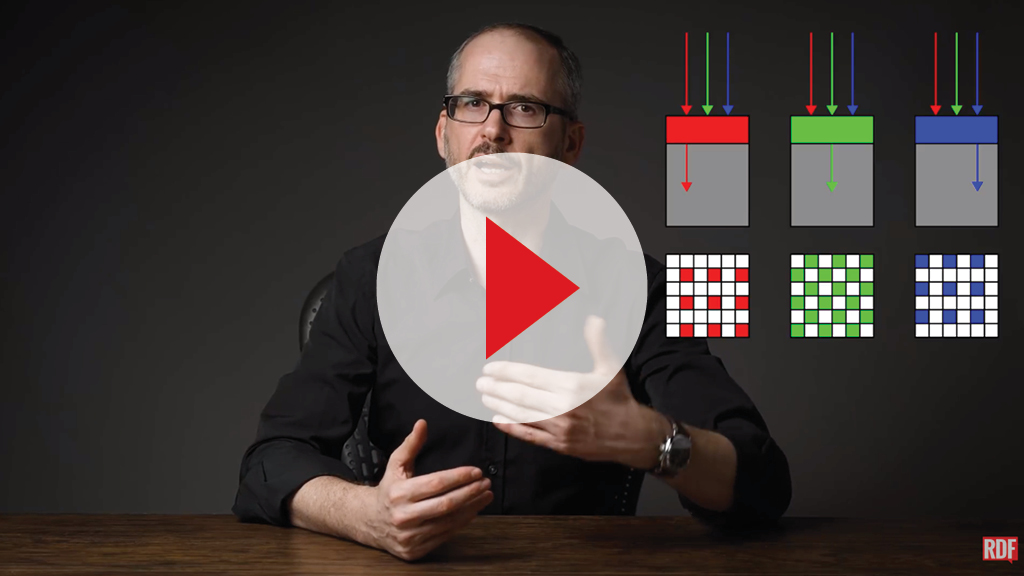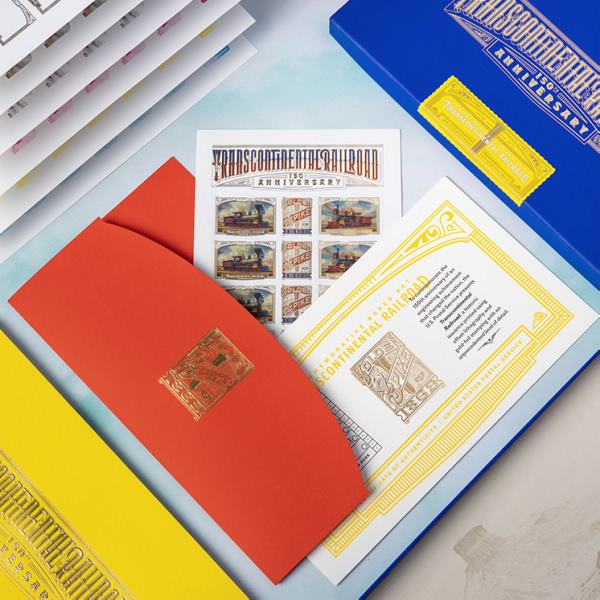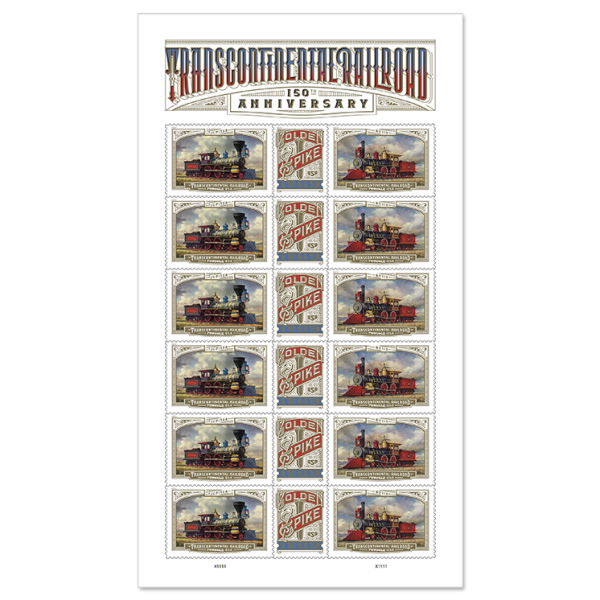- Dec 28, 2000
- 82,964
- 5,367
- 113
- School/Org
- Columbia University / PCO
- City
- Lake Oswego
- State
- OR
I received this video from my great nephew David Farkas a Leica Camera Representative. For those, where photography is serious a hobby this might be of interest.


New Video: Thoughts on the New Leica M10 Monochrom
Leica expert David Farkas explains the advantages of monochrome sensors versus converting from color to black and white, then delves into details about the new M10 Monochrom.
Editor's note: I did not understand a word of the presentation . ODwire.org has no relationship with Leica Camera.


New Video: Thoughts on the New Leica M10 Monochrom
Leica expert David Farkas explains the advantages of monochrome sensors versus converting from color to black and white, then delves into details about the new M10 Monochrom.
Editor's note: I did not understand a word of the presentation . ODwire.org has no relationship with Leica Camera.
Last edited:








